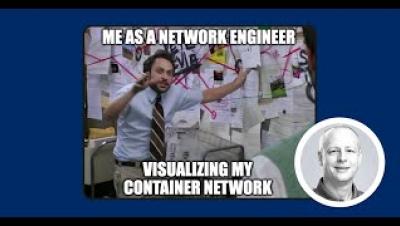The Evolution of Data Center Networking for AI Workloads
Traditional data center networking can’t meet the needs of today’s AI workload communication. We need a different networking paradigm to meet these new challenges. In this blog post, learn about the technical changes happening in data center networking from the silicon to the hardware to the cables in between.











